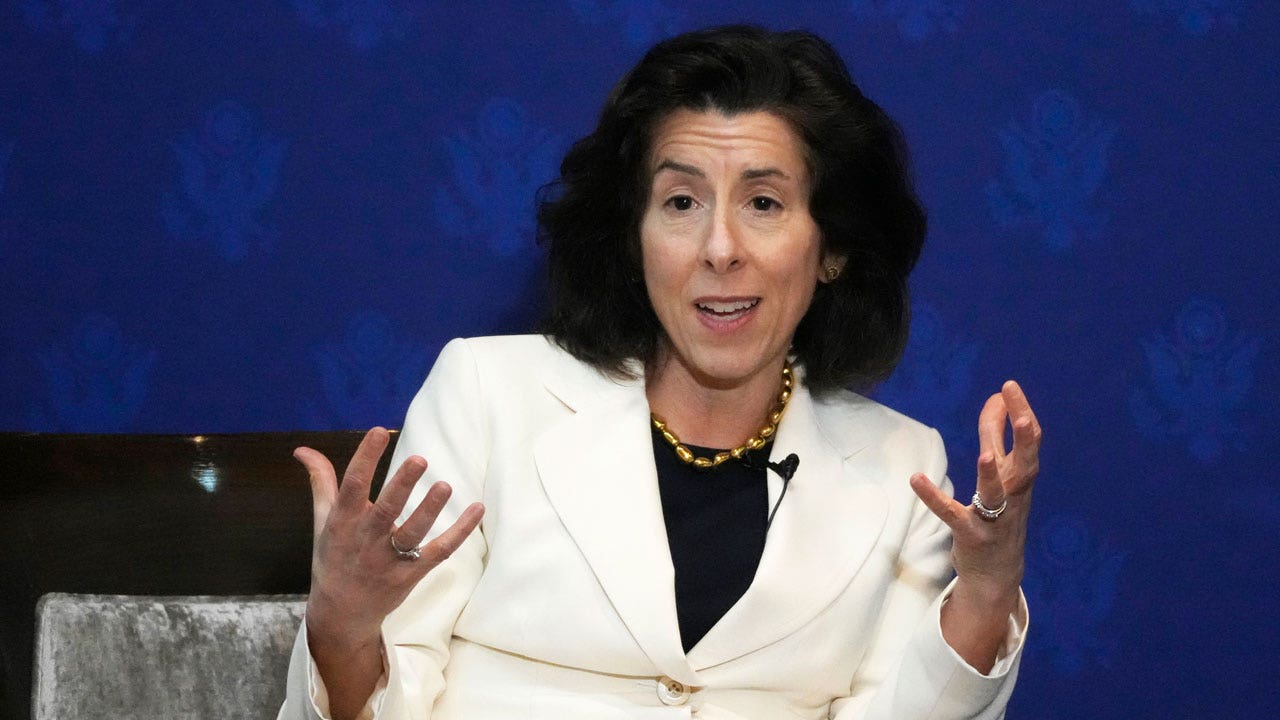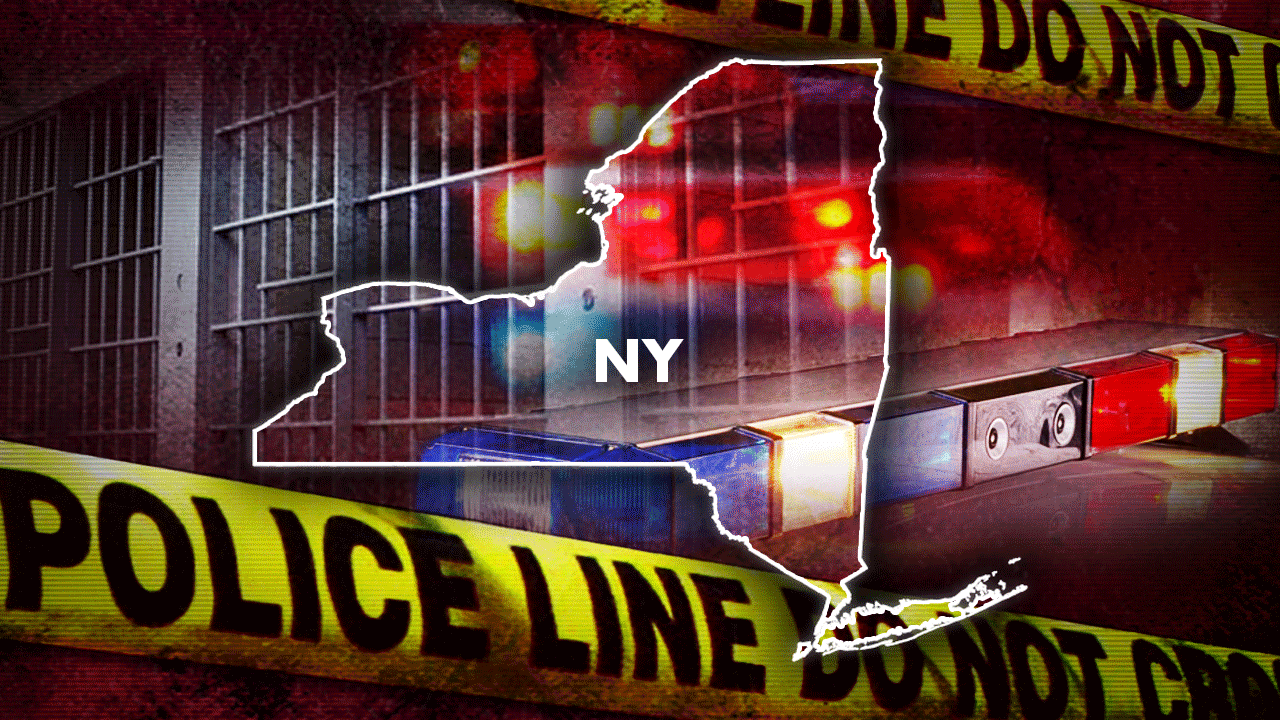The proposed $2.8 billion settlement announced last week between the N.C.A.A. and athletes in a class-action lawsuit would, if approved by a judge, allow schools to pay students directly for playing sports for the first time.
But it is only the latest chapter in the history of college sports involving wealth, the pursuit of elite talent and the issue of who gets to cash in. For more than a century, the question of how athletics fits into higher education has persisted, becoming more complicated as college sports have morphed into a multibillion-dollar business that serves as the public face of universities.
Here’s a look at what has changed over the years, and what hasn’t.
March 31, 1906
The N.C.A.A., then known as the Intercollegiate Athletic Association of the United States, is created. Part of its mission is to protect young athletes, amid an outcry over the number of deaths and injuries in football. Among the problems cited by the N.C.A.A.: “At the college level, hired players not enrolled in school often filled out rosters.”
March 1939
The N.C.A.A. holds a men’s basketball tournament organized by the National Association of Basketball Coaches in an effort to compete with the National Invitation Tournament, a prestigious tournament run by another group. The new event, with eight teams, results in a net loss of $2,531. The next year, it makes a reported profit of about $9,500.
Jan. 10, 1948
The N.C.A.A. formally adopts principles of conduct known as the sanity code, strictly limiting financial assistance for athletes. The measures include a ban on scholarships in which athletic ability is the major factor. In calling on member schools to abide by the rules, the N.C.A.A. transitions from an advisory body to an organization with regulatory power.
Jan. 12, 1951
After criticism about loopholes and schools not following the rules, the N.C.A.A. drops the sanity code, returning control over athletes’ aid to conferences and individual schools.
June 6, 1952
The N.C.A.A. and NBC agree on a one-year deal worth $1.1 million to televise college football games. For the next 31 years, the N.C.A.A. is the only bargaining agent for TV rights in the sport.
Nov. 4, 1952
In a first, the N.C.A.A. suspends the University of Kentucky men’s basketball team for the entire season for violating rules, including paying players.
Jan. 20, 1968
In front of more than 52,000 people at the Astrodome and millions watching in prime time, the University of Houston men’s basketball team snaps U.C.L.A.’s 47-game winning streak, 71-69. The company TVS had paid $27,000 for the rights. One year later, NBC pays more than $500,000 to broadcast the N.C.A.A. tournament championship game.
1977
Sonny Vaccaro, a basketball promoter working for Nike, signs several college coaches with the upstart shoe company, for about $10,000 to $15,000, he later estimates. As part of the contract, the coaches are supplied with shoes for their players.
June 27, 1984
The Supreme Court strikes down the N.C.A.A.’s exclusive control of college football telecasts. The decision in the case, N.C.A.A. v. Board of Regents of the University of Oklahoma, allows conferences and schools to negotiate their own television rights and lifts restrictions on how many times they can appear on TV.
July 20, 1984
ABC and the College Football Association, a group of more than 60 schools, agree on a deal believed to be about $10 million to broadcast a package of 20 games in prime time that fall.
March 1996
ESPN exclusively televises the women’s Final Four in basketball for the first time. Seven years later, ESPN2 airs all 63 games of the N.C.A.A. women’s basketball tournament.
June 26, 2012
Conference leaders and university presidents announce that a four-team football playoff will replace the Bowl Championship Series after the 2014 regular season. An initial deal with ESPN to televise the playoff is later estimated to bring in a staggering $5.6 billion.
April 2014
Shabazz Napier, a men’s basketball player for the University of Connecticut, tells reporters at the Final Four that he sometimes goes to bed hungry. The N.C.A.A. soon lifts restrictions on how much food schools can provide for athletes.
Aug. 8, 2014
Ed O’Bannon, a former basketball player of the year at U.C.L.A., successfully sues the N.C.A.A. for not paying him for the commercial use of his likeness in a popular video game. It is the first case in which college athletes, albeit former ones, win the right to be compensated for what becomes known as name, image and likeness rights. The ruling allows schools to pay athletes in the form of trust funds that can be tapped after graduation.
Aug. 17, 2015
The National Labor Relations Board rejects a bid by Northwestern University football players to unionize, declining to exert jurisdiction in the case after a regional director rules that the players are employees.
Oct. 30, 2015
The University of Texas agrees to extend its apparel deal with Nike for 15 years at $250 million, the biggest apparel contract with a school in the history of college sports. About seven months later, U.C.L.A. signs a $280 million deal with Under Armour.
Sept. 10, 2019
The nonprofit Women’s Sports Foundation asserts that in athletics, an estimated 80 to 90 percent of schools are not complying with Title IX, which prohibits sex-based discrimination at schools that receive federal funding. This includes areas such as participation, scholarships and access to training and facilities, the group claims.
2019
California’s “Fair Pay to Play Act” becomes law, making the state the first to prohibit the N.C.A.A. to ban name, image and likeness payments to athletes starting in 2023. Other states quickly follow suit but with earlier enactment dates.
June 21, 2021
The Supreme Court unanimously upholds National Collegiate Athletic Association v. Alston, affirming a lower-court ruling that the N.C.A.A. must allow noncash education benefits, such as computers or tutoring services. The N.C.A.A., though, is allowed to cap the benefits, which it does at $5,980 per academic year. Some schools say they can’t afford full Alston payments, putting them at a recruiting disadvantage.
July 1, 2021
Under pressure from the Justice Department and state legislatures, the N.C.A.A. starts allowing athletes to capitalize off their fame, allowing them to be paid for the use of their name, image and likeness.
July 2021
The University of Oklahoma and the University of Texas announce that in the coming years, they will leave the Big 12 Conference for the Southeastern Conference, which has a more lucrative TV deal. The move sets off a wave of realignment driven by football TV contracts. The next year, U.C.L.A. and Southern California announce they will leave the Pac-12 for the Big Ten. Eventually, eight more schools bolt from the Pac-12.
2022
When athletes were allowed to make money from endorsements, the N.C.A.A. issued little guidance beyond prohibiting schools from brokering deals. That gives rise to collectives: booster-run groups that pool money and funnel it to players. The result is a pay-for-play system in sports, particularly football and men’s basketball, where collectives dangle payments that sometimes exceed $1 million to induce players to transfer to their school.
October 2022
The Louisiana State University gymnast Olivia Dunne is the top-earning female college athlete in name, image and likeness endorsements, according to the tracking site On3, with her wealth valued at $2.4 million. Still, men are estimated to make more than 90 percent of name, image and likeness money.
March 5, 2024
The Dartmouth men’s basketball team votes to form the nation’s first unionized college sports program, one month after an official with the National Labor Relations Board rules that the team members are university employees.
Jan. 4, 2024
The N.C.A.A. and ESPN agree to an eight-year, $920 million deal that maintains the network’s exclusive rights to the women’s basketball tournament and 39 other men’s and women’s championships. Some argue that the women’s tournament would have garnered more money if it had been sold separately, but the N.C.A.A. said it wanted to ensure a platform for less popular sports.
May 23, 2024
The N.C.A.A. and major conferences say they have agreed to a $2.8 billion settlement in a class-action lawsuit that, if approved by a judge, would award former athletes back pay from lost licensing opportunities and allow for a revenue-sharing plan that could begin in the fall of 2025.






